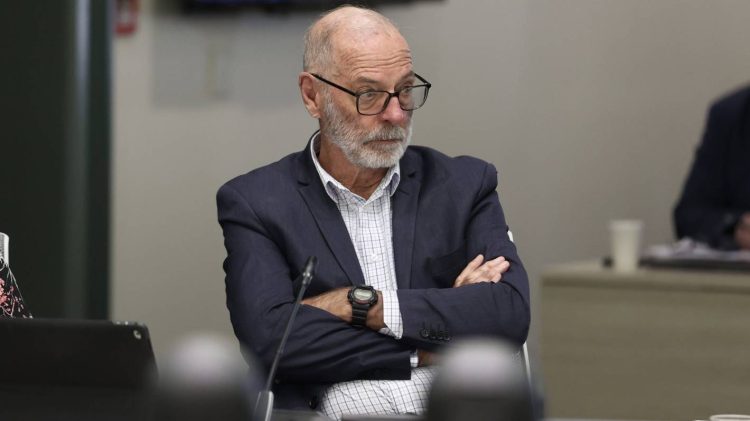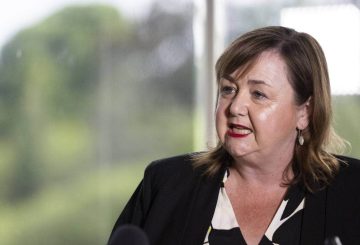Auckland’s ratepayers will hopefully know by Friday how much their rate bill will increase when councillors regroup in the morning to make a decision on the highly anticipated budget for New Zealand’s largest city.
Auckland mayor Wayne Brown has adjourned his council’sbudget decision-making meeting for the day and has asked councillors to submit amendments to his latest budget proposal, which he tabled after lunch on Thursday, so that councillors can consider the amendments overnight.
Councillor Lotu Fuli’s amendment asked councillors to look at a full sell-down of the council’s airport shares as part of the long term plan process that will start as soon as the annual plan is agreed on.
Councillors John Watson and Wayne Walker tabled an amendment to reinstate funding for a youth centre in their ward in the 2023/2024 year.
Councillors had spent the afternoon asking questions about the new budget plan which includes a 7.7% rates rise for average value properties, reinstating $4m of cuts to Local Board budgets, and asking the council’s chief executive to find another $5m of cuts from the council group.
Auckland mayor Wayne Brown returned from a lunch break during Thursday’s budget decision-making meeting to propose selling nearly half of Auckland Council’s airport shareholding – as opposed to all of it. Brown’s latest budget plan opts for selling an 8.09% stake in the airport. This new plan would realise around $1 billion that would be used to pay down debt, Brown said.
Whether all of his 20 councillors would be able to vote was up in the air on Wednesday as Auckland Council and the Auditor-General worked through conflict of interest issues for two councillors whose spouses own airport shares.
Credit: stuff.co.nz























































-helped-regain-her-strength-and-balance-using-Nymbl-after-a-fall.-660x440.jpg)


